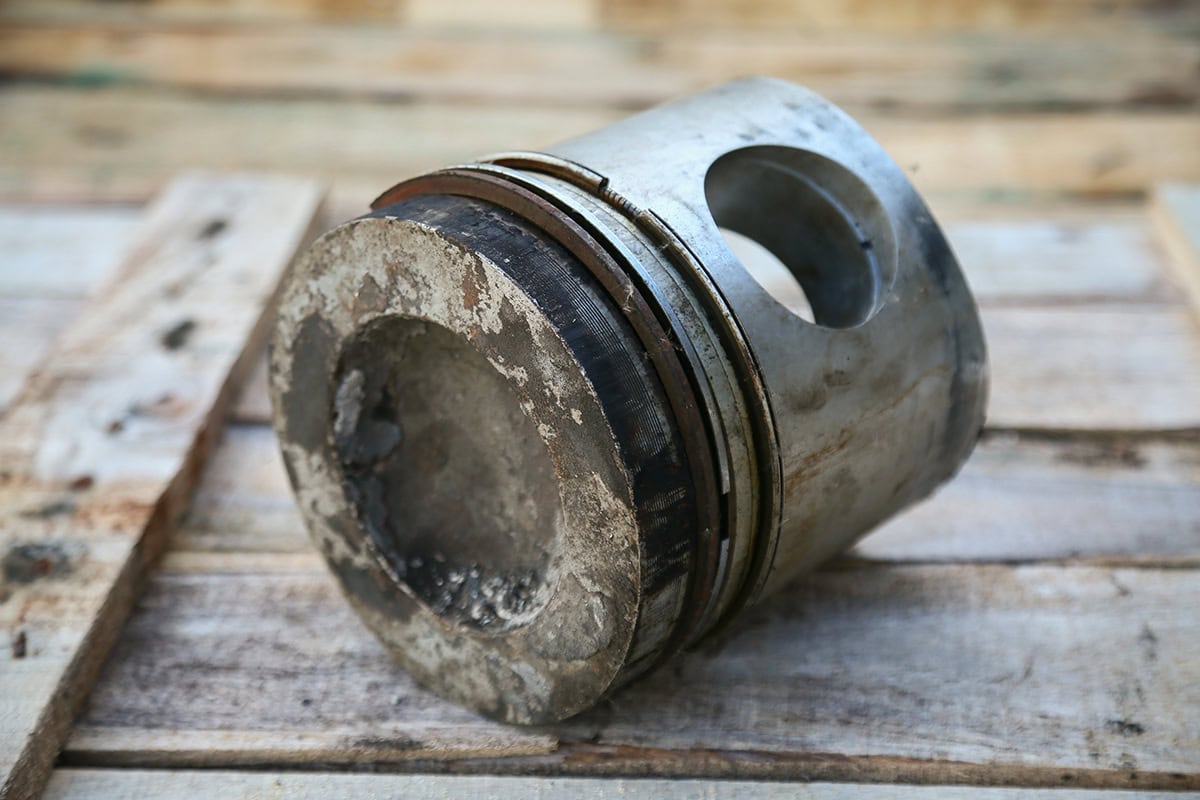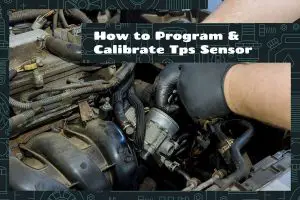Piston rings play a key role in maintaining the efficiency and longevity of your car’s engine. These tiny metal rings seal the gap between the piston and the cylinder wall, ensuring optimal compression and minimizing oil consumption. If you notice problems like blue smoke from the exhaust, reduced fuel efficiency, or high oil consumption, the culprit could be bad piston rings.
Wear and tear is the primary reason piston rings go bad, but factors like poor maintenance, high operating temperatures, and using low-quality parts can also contribute. To fix them, you typically need to replace the damaged rings, which involves disassembling the engine to access the piston and rings.
This guide will help you further understand why piston rings go bad by covering the basics of these vital components, signs of failure, and what you can do to resolve the problem.
The Role of Piston Rings in Car Engines
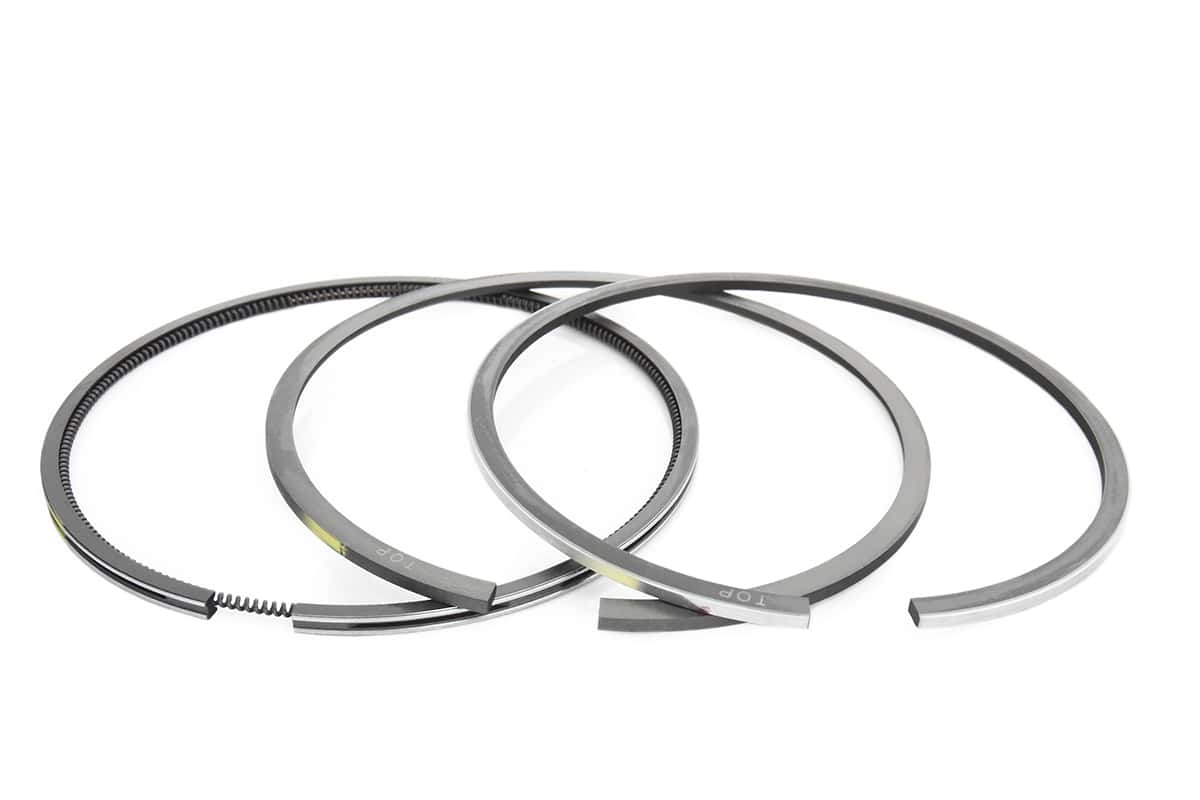
Piston rings fit around the piston in your car’s engine. They have three main functions: maintaining cylinder pressure, controlling oil flow, and clearing away debris. When we speak of piston rings, we’re referring to 3 distinct types:
1. Compression Rings
Compression rings sit closest to the piston head and are the most crucial for maintaining cylinder pressure. They help keep the air-fuel mixture in the combustion chamber, making sure your engine can generate maximum power.
2. Wiper Rings
Also known as the second compression ring or scraper ring, wiper rings assist the compression rings by clearing away any contaminants that may have bypassed the first ring. This ensures that the combustion process isn’t hindered by debris or excess oil. In other words, wiper rings help maintain a clean environment within the cylinder.
3. Oil Control Rings
The lowest ring on the piston, the oil control ring, is tasked with scraping excess oil off the cylinder walls and returning it to the oil pan. Proper lubrication is essential for reducing friction and wear on the engine parts.
Signs You Might Have Bad Piston Rings
There are several early warning signs that may indicate bad piston rings, which are as follows:
1. Excessive Smoke From the Exhaust
This happens because oil leaks into the combustion chamber, gets burned, and is then expelled as smoke through the exhaust system. If you notice a lot of smoke, it’s time for a thorough inspection.
2. High Oil Consumption
Failing oil control rings allow more oil to escape into the combustion chamber, causing the engine to burn it along with the air-fuel mixture. Regularly having to top off your oil between scheduled oil changes could be a red flag.
3. Poor Fuel Efficiency
Failing compression rings can result in a loss of cylinder pressure, which directly affects the combustion process. When the combustion process is inefficient, your engine needs to work harder, consuming more fuel. This will manifest as a decrease in miles per gallon.
4. Reduced Power and Performance
If your car feels sluggish or lacks the power it used to have, bad piston rings could be to blame. Compromised compression rings will not only affect fuel efficiency but also the overall power output of the engine. You may find it particularly noticeable when climbing hills or attempting quick acceleration.
What Causes Piston Rings to Go Bad?
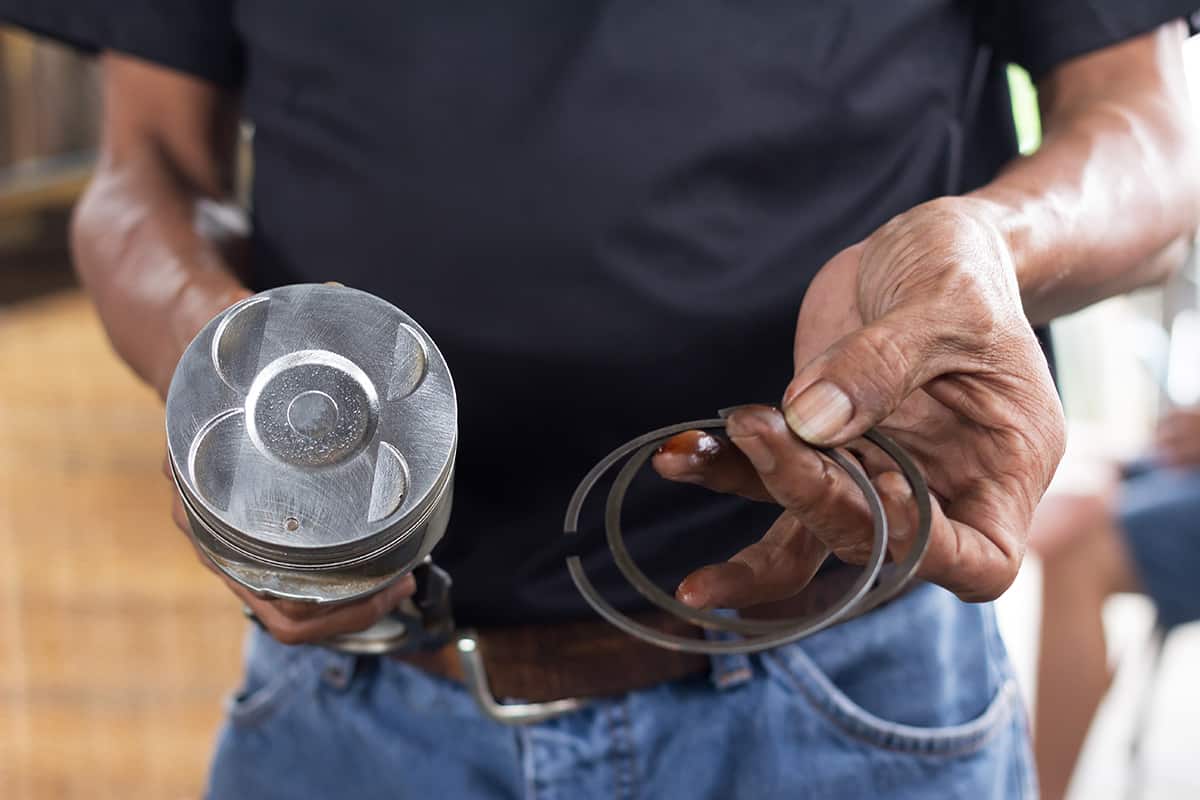
Piston rings don’t last forever, and when they start to fail, it can have serious consequences for your engine. Before undergoing any repair or replacement measures, you first need to identify the underlying cause.
1. Age and Wear
Every time you start your engine, the piston rings are put to work. The constant friction between the rings and the cylinder walls can cause the rings to wear out. Even with good maintenance, high-quality piston rings will eventually degrade due to regular use.
2. Poor Maintenance
Infrequent oil changes can lead to the accumulation of sludge and deposits, which can be abrasive to the rings. Similarly, neglecting to replace air and fuel filters can allow contaminants into the combustion chamber, gradually wearing down the piston rings.
3. High Heat and Pressure
Engines run hot and under high pressure, especially during activities like towing or climbing steep hills. These conditions can expedite the wear and tear on piston rings. Overheating can cause the rings to lose their temper and alter their shape.
4. Contaminated Oil
Contaminated or low-quality oil can directly affect the lifespan of your piston rings. Gritty particles in the oil can cause abrasion, while chemical contaminants can lead to corrosion.
5. Detonation and Pre-Ignition
Two serious engine conditions—detonation and pre-ignition—can also cause piston ring failure. Detonation occurs when the air-fuel mixture in the cylinders is detonated in more than one place at a time. Pre-ignition happens when the air-fuel mixture ignites before the spark plug fires.
6. Poor Fuel Quality
Low-quality or contaminated fuel can contribute to deposits in the combustion chamber. These deposits can interfere with the sealing effectiveness of the piston rings, leading to reduced compression and increased wear.
Repairing and Replacing Bad Piston Rings
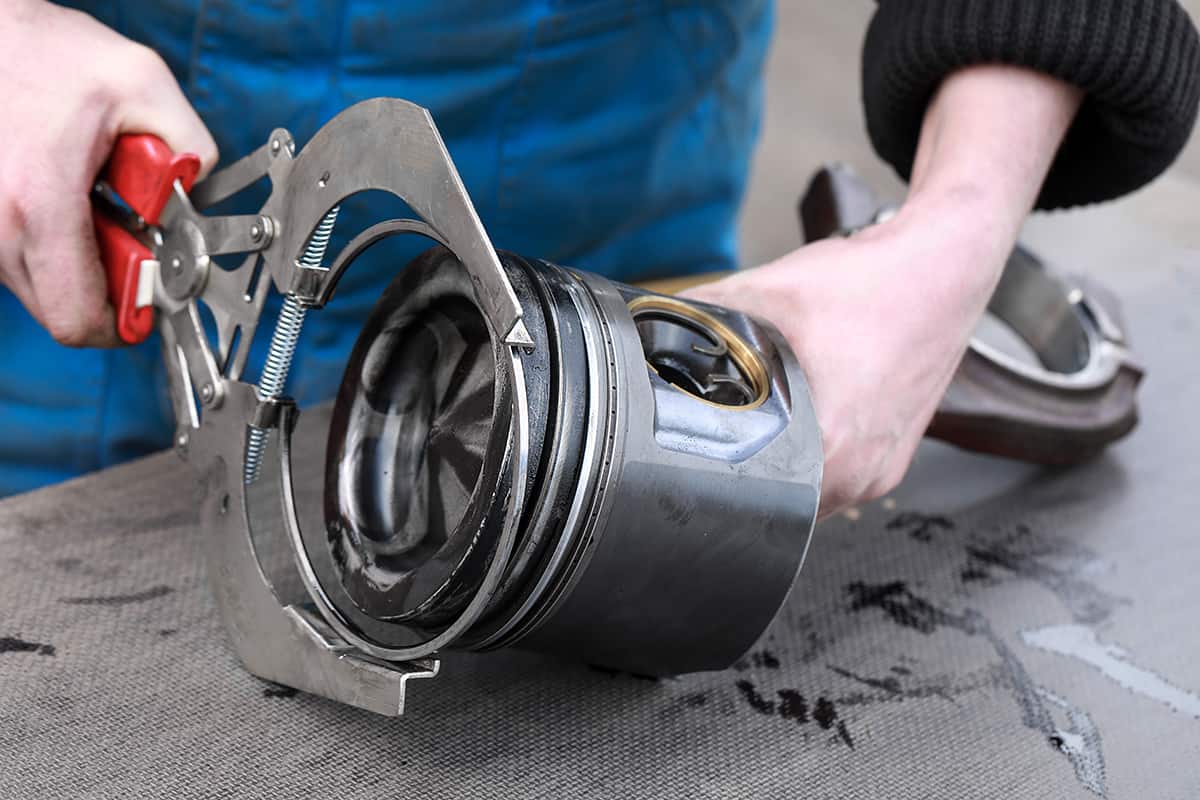
When you suspect that your piston rings are bad, quick action can prevent more costly damage to your engine. Here, we’ll briefly cover how you can repair or replace bad piston rings.
Tools and Supplies Needed
For this job, you’ll need a range of tools and supplies, such as:
- A piston ring compressor
- A torque wrench
- Gasket sealant
- New piston rings
- A set of socket wrenches
- Feeler gauges for checking gaps
- Engine oil
Step 1. Preparing the Engine
The first step in the repair or replacement process is to prepare the engine for disassembly. This usually involves draining the oil and coolant, disconnecting the battery, and removing various engine components like the intake manifold, exhaust manifold, and cylinder head. Depending on the vehicle, you might also need to remove the engine from the car.
Step 2. Removing the Old Piston Rings
You’ll have to detach the connecting rod caps to free the pistons. Then, use a piston ring expander or a pair of needle-nose pliers to remove the worn rings carefully.
Step 3. Installing New Piston Rings
Installing new piston rings involves multiple steps. Here’s a quick step-by-step guide:
- Check the fit of each new ring in the cylinder using a feeler gauge.
- Apply a small amount of engine oil to the new rings and piston.
- Use a piston ring compressor to squeeze the new rings onto the piston.
- Gently lower the piston back into the cylinder, ensuring the ring gaps are properly aligned.
- Reattach the connecting rod caps and torque to manufacturer specifications.
Step 4. Engine Reassembly and Testing
After installing the new rings, you’ll need to reassemble the engine, following the reverse order of the disassembly process. Once reassembled, fill the engine with fresh oil and coolant, then run a series of tests to ensure that the new piston rings are functioning as they should.
FAQs
1. How long do piston rings last?
Piston rings can last anywhere from 40,000 to 100,000 miles, depending on various factors like driving conditions, maintenance habits, and the quality of the rings themselves. Generally, if you’ve crossed the 100,000-mile mark on your odometer, it may be a good idea to have a mechanic check the condition of your piston rings.
2. Can you replace piston rings without removing the engine?
Technically, it is possible to replace piston rings without removing the entire engine from the car. This is known as an in-frame rebuild. However, this approach has its limitations and risks. For example, you might find it challenging to access all the components you need to remove to get to the piston rings.
